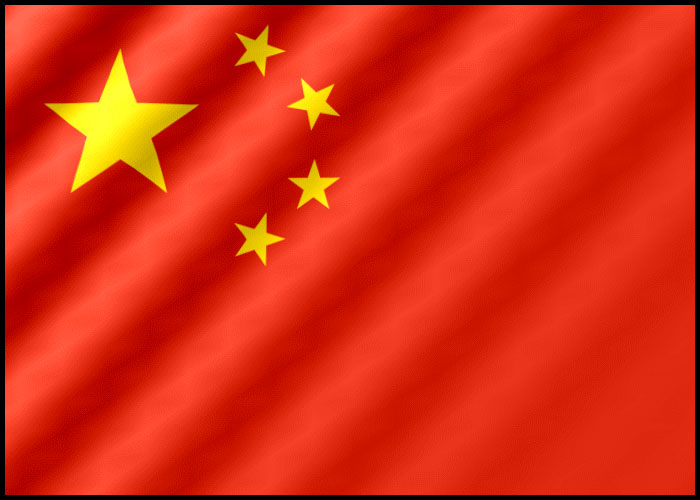China’s service sector registered another strong growth in April underpinned by the rise in output as the impact of the pandemic continued to fade.
The Caixin services Purchasing Managers’ Index fell to 56.4 in April from 57.8 in March, survey data from S&P Global showed on Friday. A reading above the neutral 50.0 indicates expansion.
Although the score was below March’s reading, this was the second-highest figure since November 2020. Moreover, the latest improvement stretched the current sequence of growth to four months.
New orders continued to expand on improved market conditions and greater customer numbers. Nonetheless, new orders growth softened from March’s 28-month record.
Business from abroad increased at a stronger pace, despite moderating from March’s series record.
Employment continued to improve in April, fueled by plans to increase capacity and greater new orders volumes. That said the pace of job creation was the softest in the current three-month period of payroll growth.
Backlogs of work advanced in each of the past nine months and the rate of accumulation was similar to that seen in March.
On the price front, the survey showed that input costs increased at the fastest pace in twelve months. Higher operating expenses were attributed to higher staffing costs.
Despite a sharp rise in input costs, companies raised their fees only slightly due to rising competition and to attract new customers.
Service providers expect business activity to improve further over the coming year. Nonetheless, the degree of optimism slipped from January’s near 12-year high.
The composite output index fell to 53.6 in April from a nine-month high of 54.5 in March, to signal a sustained but softer expansion in overall business activity. The manufacturing PMI dropped to 49.5 from 50.0 in March.
The official Purchasing Managers’ survey results published by the National Bureau of Statistics earlier this week showed that the factory PMI declined to 49.2 in April from 51.9 in March. At the same time, at 56.4, the non-manufacturing PMI slid from 58.2.
Recent official data suggested that China’s economy rebounded at the start of the year after the lifting of the pandemic-related restrictions. The economy grew at a faster pace of 4.5 percent in the first quarter after the 2.9 percent growth posted in the fourth quarter of 2022.
“It remains to be seen if the economic rebound is sustainable after a short-term release of pent-up demand, with a number of indicators flagging that the recovery has yet to find a stable footing,” Caixin Insight Group Senior Economist Wang Zhe, said.
Going forward, relevant policies should focus on expanding domestic demand, stabilizing employment and improving expectations, and also improving the monetary transmission mechanism and creating a virtuous circle of economic development, Wang added.
Source: Read Full Article
